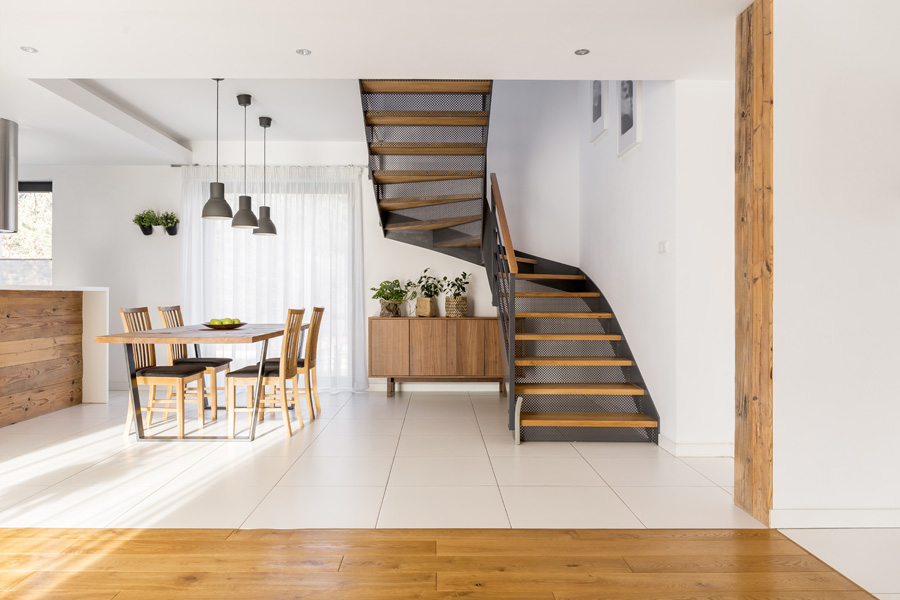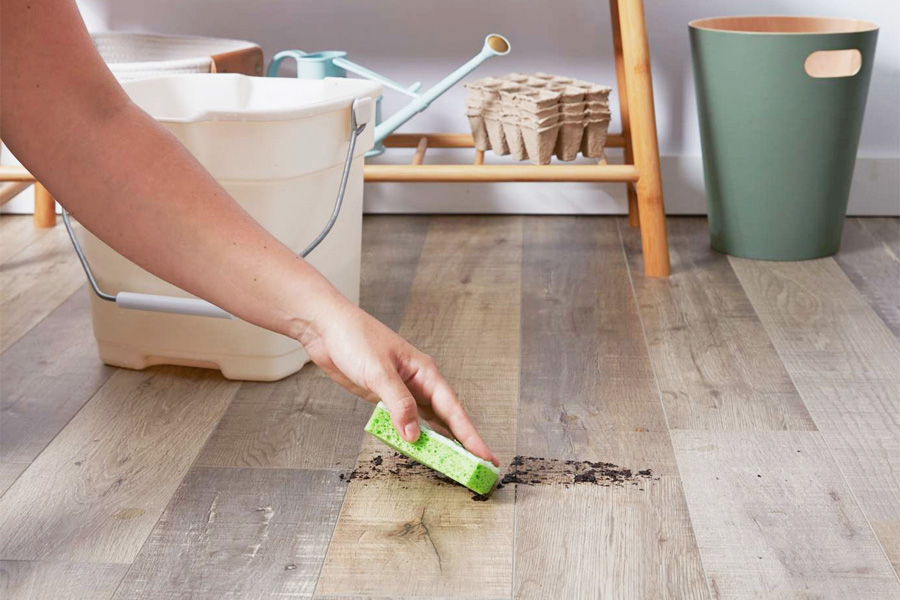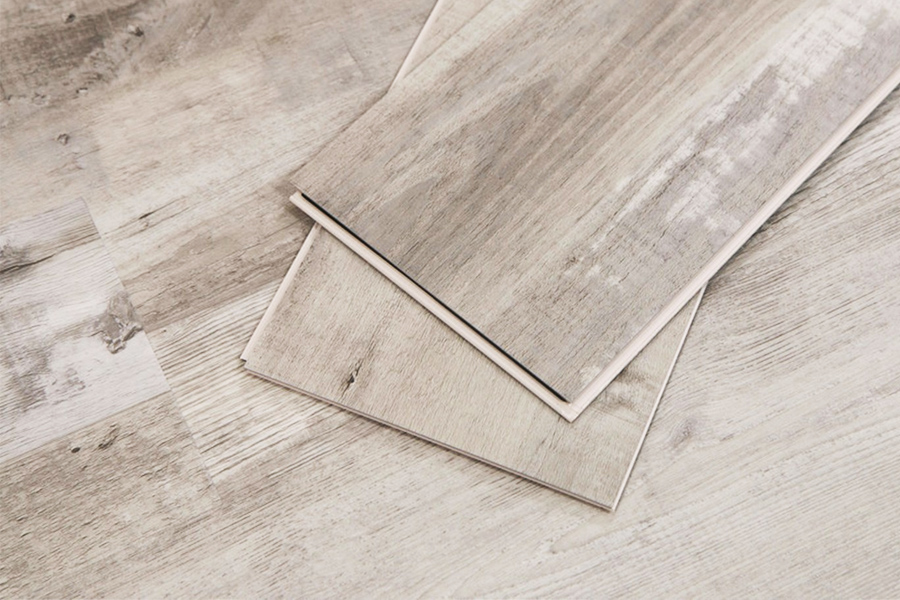With the rise in popularity of open floor plans, it can be a challenge to make your floors flow seamlessly from room to room. This is especially true if you have a variety of different floor materials that make up your home. From carpet to hardwood, tile to vinyl check out our guide for choosing the perfect transition for your space.
Flooring Transitions
Flooring transitions are used anytime two different floors come together. This can be to bridge the gap, if the two floors are of different thicknesses or to create a smooth boundary when floors of different materials meet each other. For example, carpet to tile transitions or laminate to wood. Think of it as a picture frame around a beautiful work of art. It finishes the space and provides a clear delineation between where one room ends and another begins. Not to mention it eliminates potential tripping hazards and allows for the floor to maintain structural integrity. ‘
Transition Types
While are many different types of transitions strips to use, here are a few common options:
- T-Strip: Shaped like a “T,” this strip is used to unite two surfaces of similar heights. Usually made from aluminum or wood, the vertical portion of the “T” is forced down in the joint and finished with a sticky sealer. The top area of the T fits tightly against the surface of the flooring and creates a smooth rounded curve to unite the two areas.
- 4-in-1 Strip: Thought of as the “Swiss Army Knife” of transition strips, this option contains interchangeable parts that work for different types of floors. A typical 4-in-1 transition includes a metal channel for mounting the system, with a T-bar, which fits into the channel and is used alone if you are joining floors that are the same height. For other situations, different pieces are used in conjunction with the T-molding.
- Tile to Laminate Strip: This type of installation is set up to join a laminate floor to a tile floor. Ceramic tile floors tend to be higher than laminate floors because tile is installed over the backer board, while laminate usually lies over a thin foam base layer. The hardwood strip is unfinished, and can be stained to match the color of the laminate flooring. This transition strip features molding with offset grooves to match the differing thicknesses of the flooring.
- Carpet Edge Gripper: An edge gripper is an aluminum strip that holds the edge of carpet with sharp metal teeth. It is used to transition to any adjoining surface that lies lower than the carpet.
Strips
If your home has two floors of similar thickness and material, it may be possible to use a low-profile or minimal transition strip. While you may be tempted to skip the strip all together, utilizing one of these helpful tools will ensure your floors have room to expand and contract adding to their longevity. If you’re looking to tie two floors of different materials together each type needs a specific kind of tie-in. For example rigid, sleek tile to plush, cushy carpet. While you might think the subtlety is key, using a bold, modern transition strip is actually better. This allows visitors to anticipate the change in flooring while walking through the area. Thus preventing future accidents.
Patterns
These days, designers are thinking outside the box when it comes to straight lines. Break up the transition by utilizing an irregular pattern. Create your floor so the change happens in a curved, wavy or diagonal line. If you have a unique tile pattern, cut your floors so they match the edge of the individual ceramics. Whether they’re hexagon, square, fluted or scalloped you can make a stylish and unique transition.
Accent
Like irregular transitions, using a border to make a statement isn’t anything new but it can add an eye-catching look to traditional flooring. For tiles, add in a strip of contrasting colors or shapes that will highlight the look of the room. For wood floors with planks or strips, create a striking pattern with a parquet inspired design. Picture frame, chevron, herringbone or box shapes will set your floor apart and create a clear separation of space.






